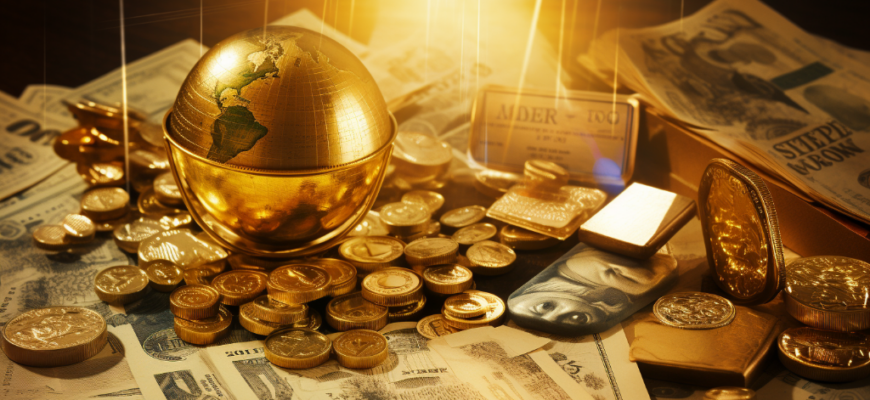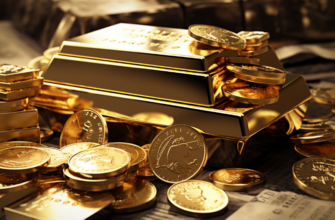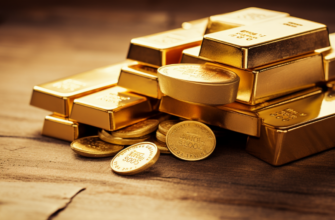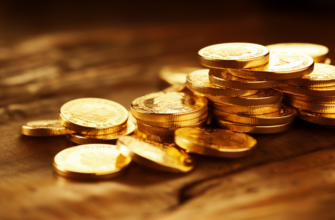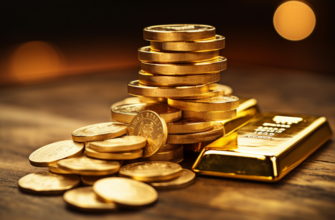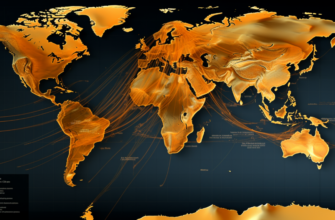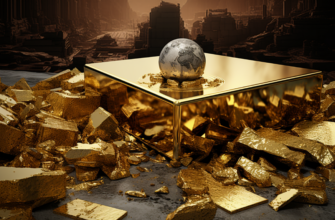Gold has always held a special place in human history. From ancient civilizations to modern times, this precious metal has been coveted for its intrinsic value and beauty. Today, gold continues to play a crucial role in the global economy, acting as a store of value, a medium of exchange, and a safe haven asset. In this article, we will explore the trends and perspectives surrounding gold in the modern world.
The Historical Significance of Gold
Gold has been used as a form of currency for thousands of years. Its rarity, durability, and malleability made it a perfect medium for trade and commerce. Civilizations such as the Egyptians, Greeks, and Romans all recognized the value and importance of gold. It symbolized power, wealth, and prestige.
During the Middle Ages, gold played a vital role in the emergence of the global economy. The gold standard, which linked paper money to a fixed amount of gold, gained traction and became the foundation of modern financial systems. However, the gold standard was eventually abandoned in the early 20th century due to impracticalities and the need for more flexibility in monetary policy.
The Role of Gold in the Modern Global Economy
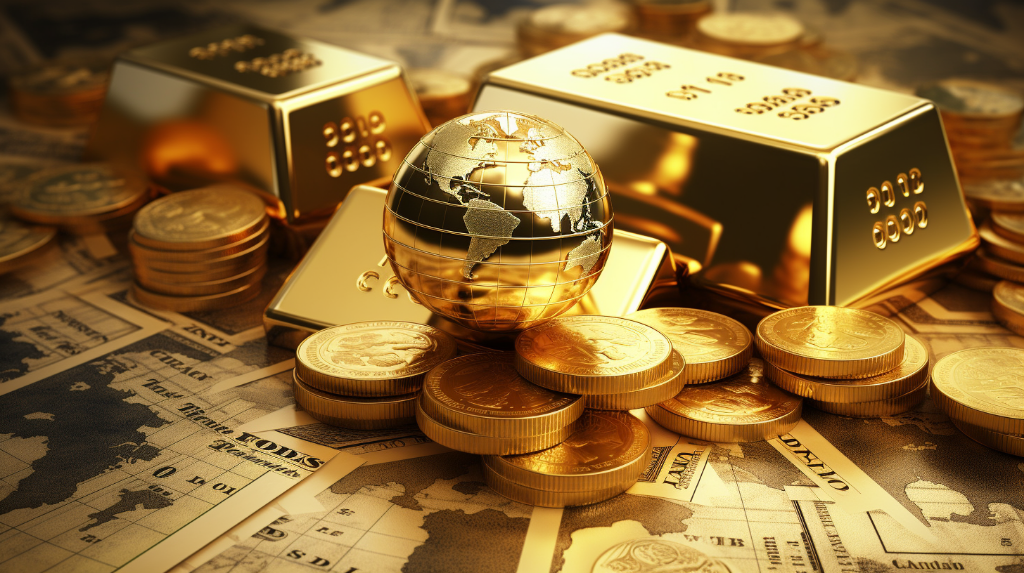
Despite the demise of the gold standard, gold remains an integral part of the modern global economy. It serves as a diversification tool for investors, a hedge against inflation and currency fluctuations, and a safe haven during times of economic uncertainty.
One of the main reasons why gold continues to be relevant is its unique properties. Gold is a tangible and finite asset, which means that it cannot be created or destroyed at will. This limited supply makes it a valuable resource in a world where fiat currencies can be printed endlessly. Additionally, gold has a low correlation with other financial assets, making it an effective way to reduce portfolio risk.
Trends in Gold Demand
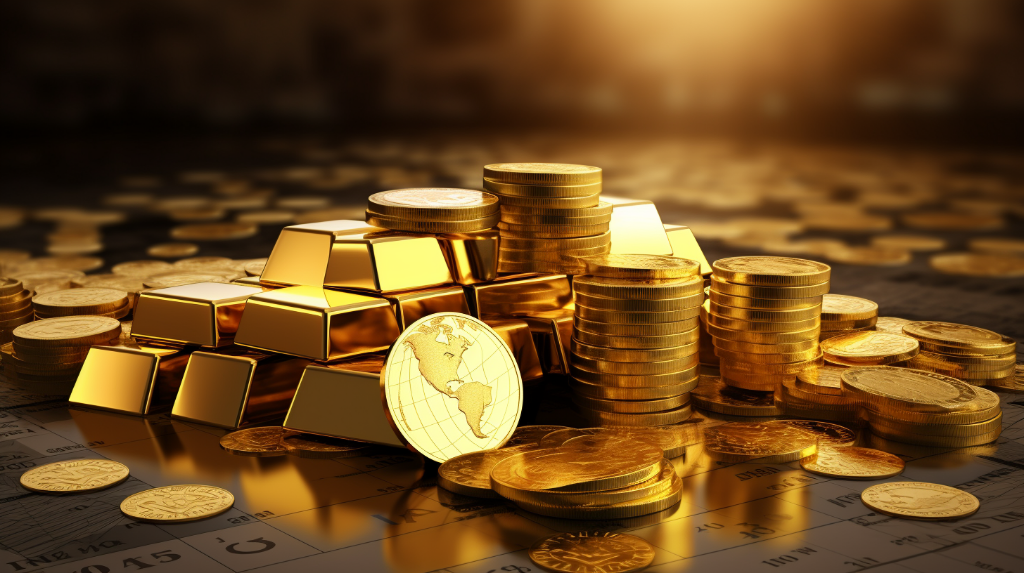
In recent years, there have been some notable trends in gold demand. One of the key drivers is central bank buying. Many central banks around the world, particularly those in emerging economies, have been increasing their gold reserves as a way to diversify their foreign exchange holdings and reduce dependence on the U.S. dollar.
Another significant trend is the rise of gold as an investment asset. Investors are increasingly turning to gold as a safe haven during times of geopolitical tensions and market volatility. Gold exchange-traded funds (ETFs) have gained popularity, allowing individuals to invest in gold without having to physically own the metal.
Perspectives on Gold
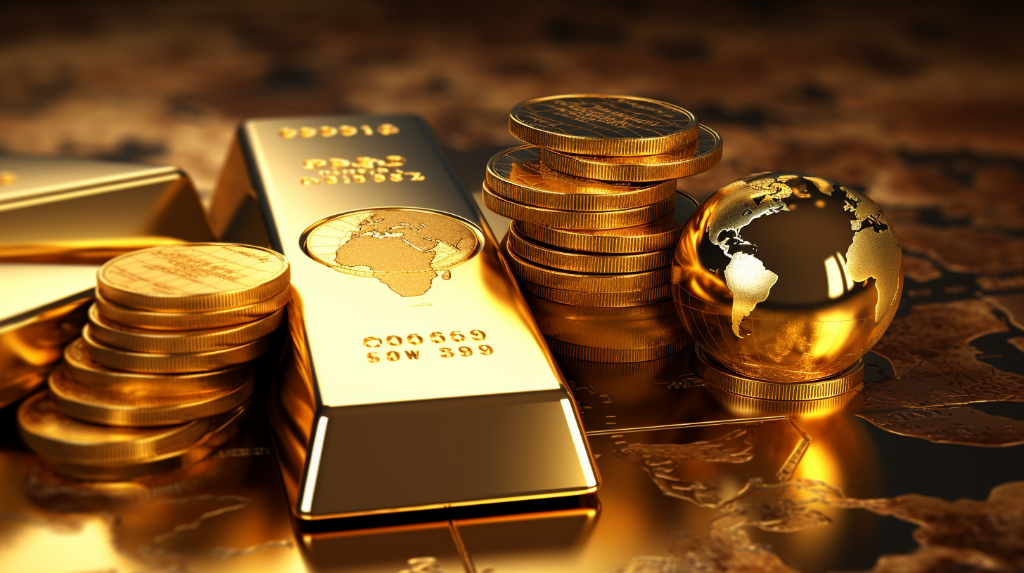
While some argue that gold is a relic of the past, others view it as a valuable asset with a role to play in the future. With the increasing debt levels and uncertainty in the global economy, gold provides stability and a hedge against potential risks. Its tangible nature and limited supply give it an inherent value that cannot be replicated by fiat currencies.
Furthermore, technological advancements, such as blockchain, are opening up new possibilities for gold. Digital gold tokens, backed by physical gold, are emerging as a way to combine the benefits of gold with the convenience of digital currencies.
In Conclusion
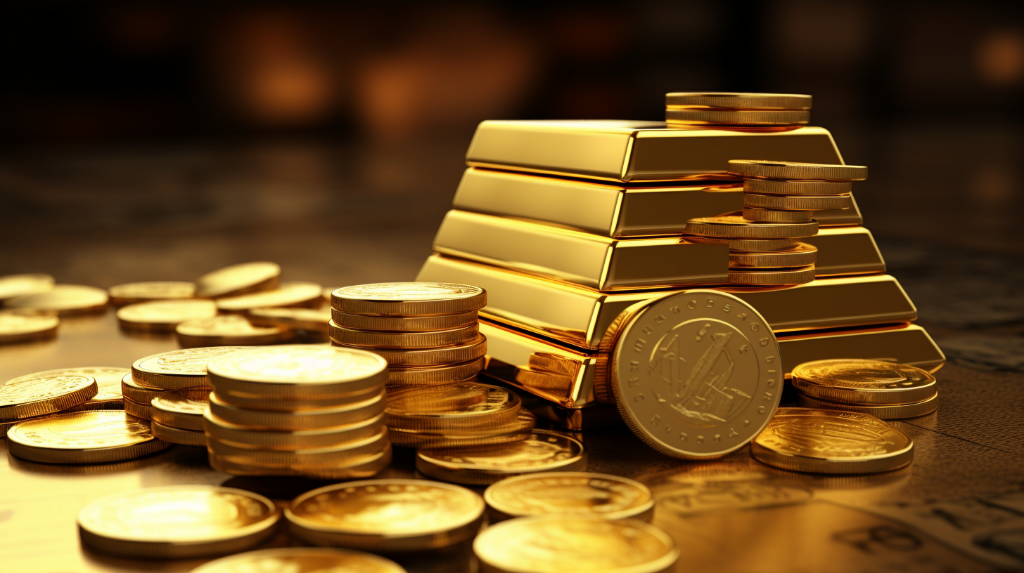
The role of gold in the modern global economy is multifaceted. It has a long history of being a store of value and a medium of exchange. Despite the abandonment of the gold standard, gold remains a valuable asset for investors and central banks alike. Its unique properties and limited supply make it an attractive option for diversification and risk management. As the world continues to evolve, gold is likely to maintain its position as a key player in the global economy.
